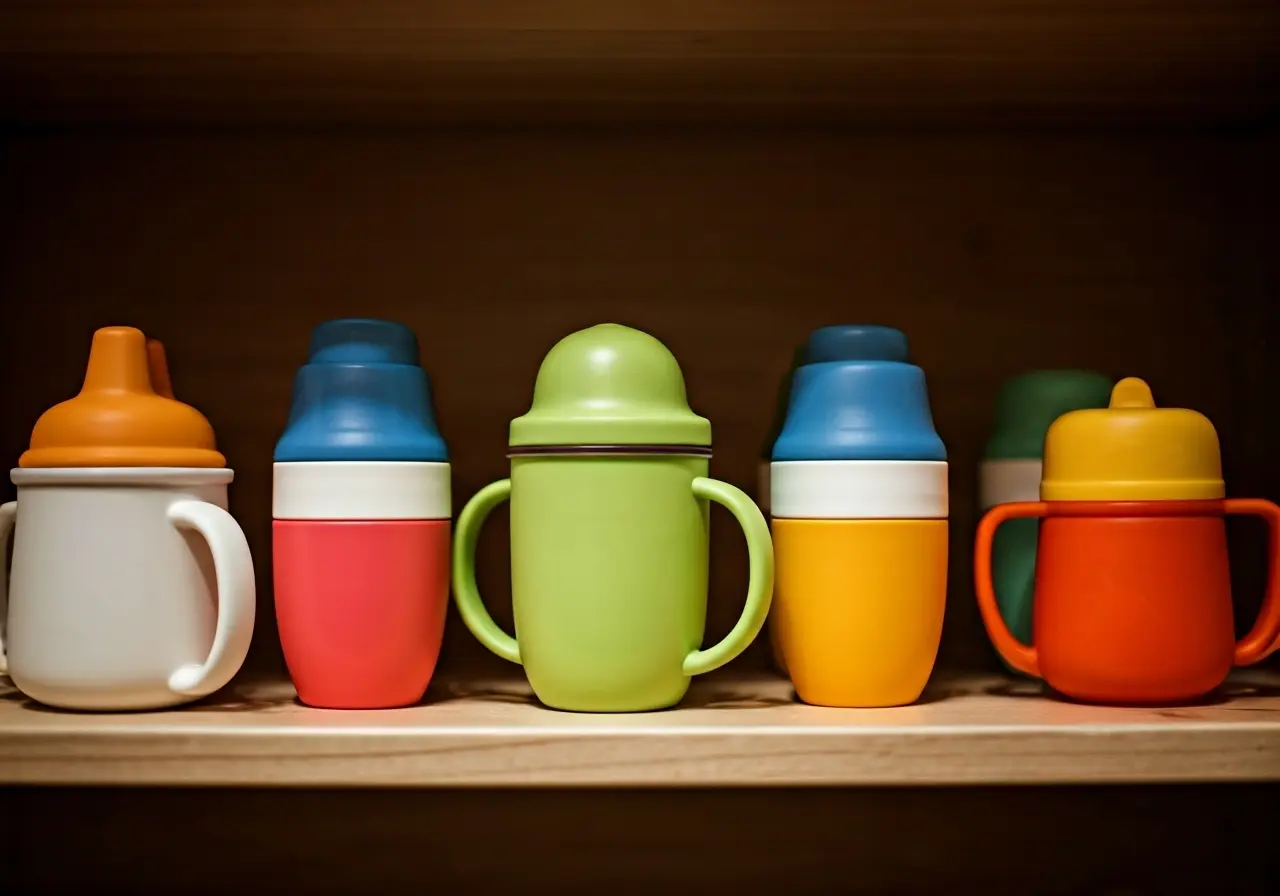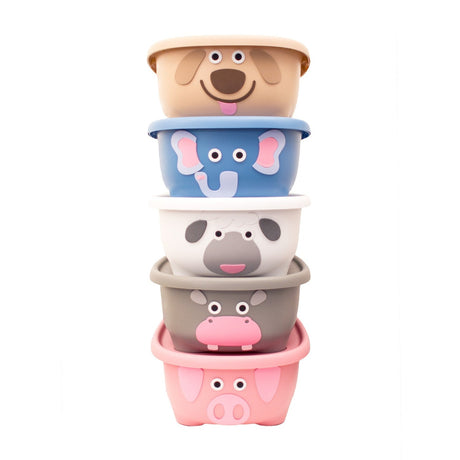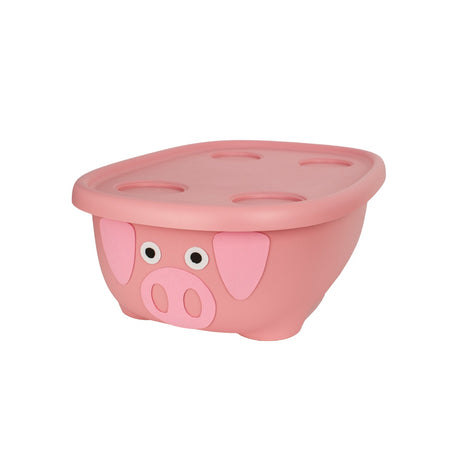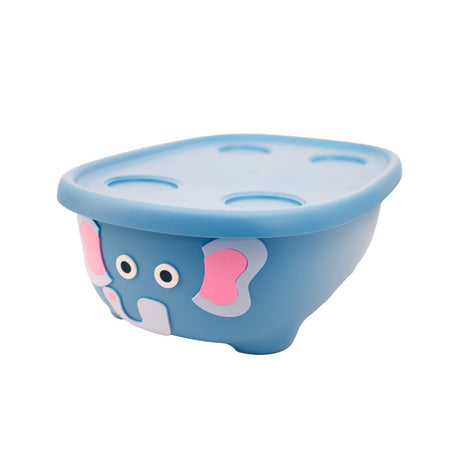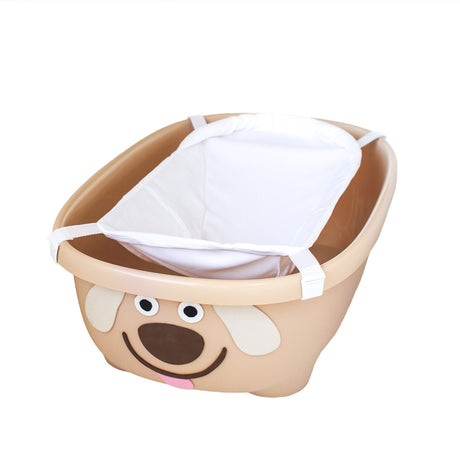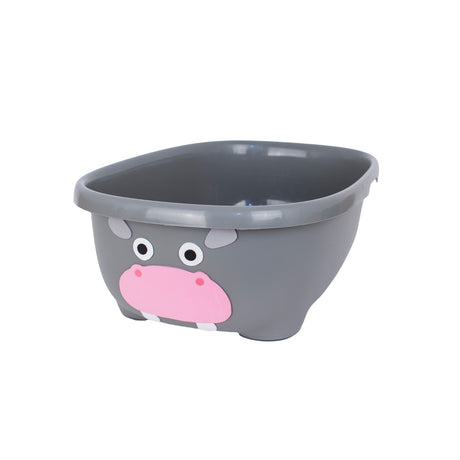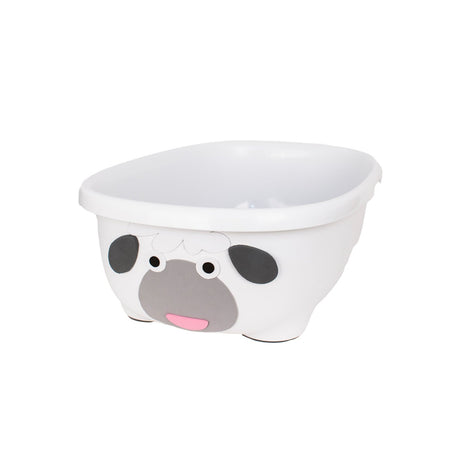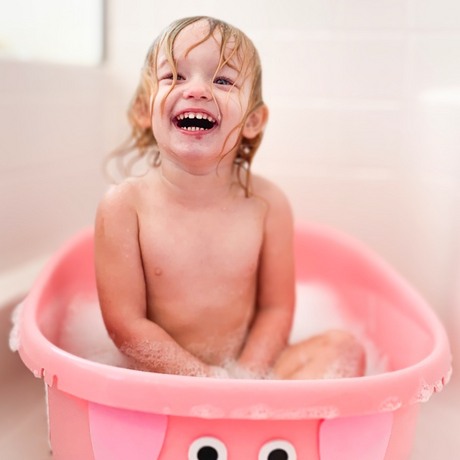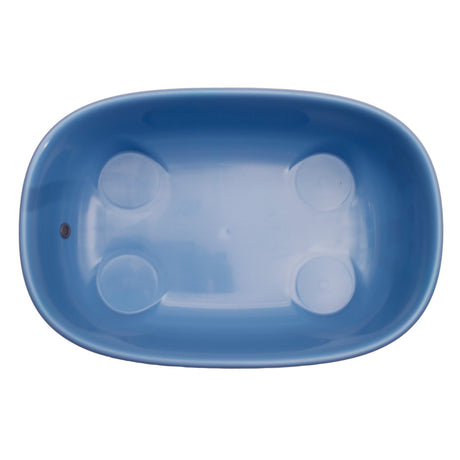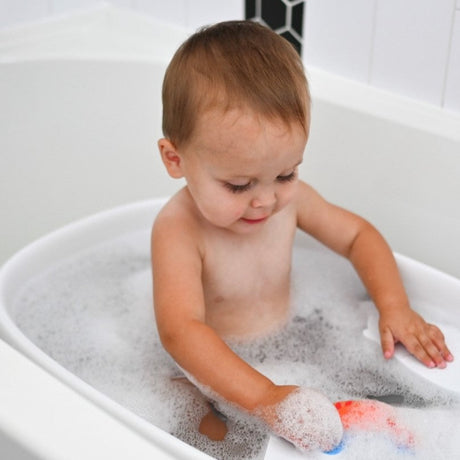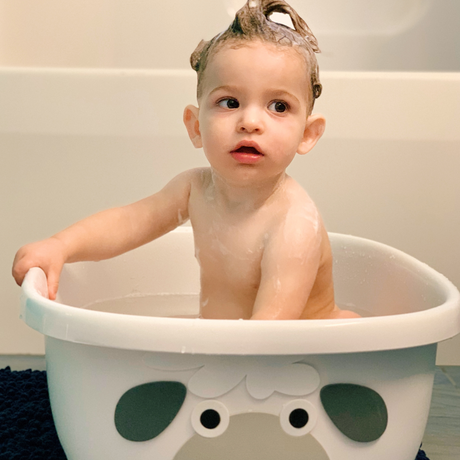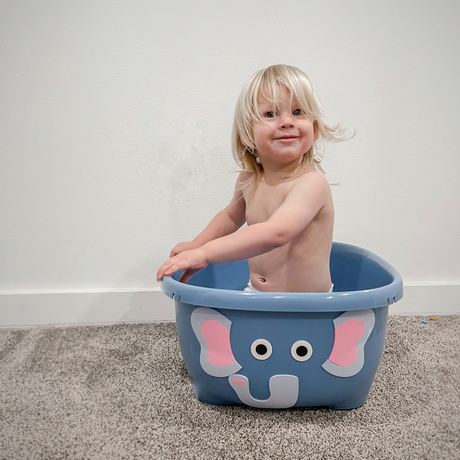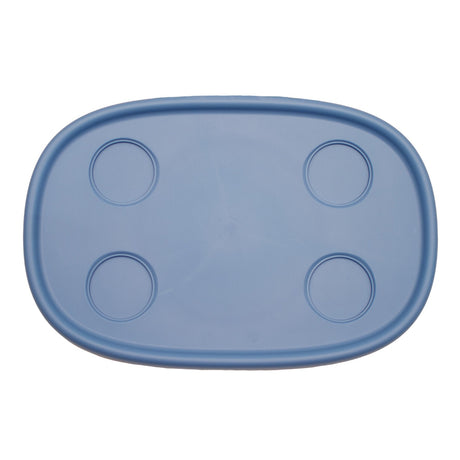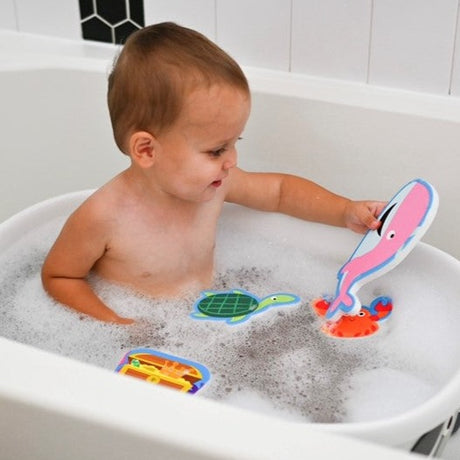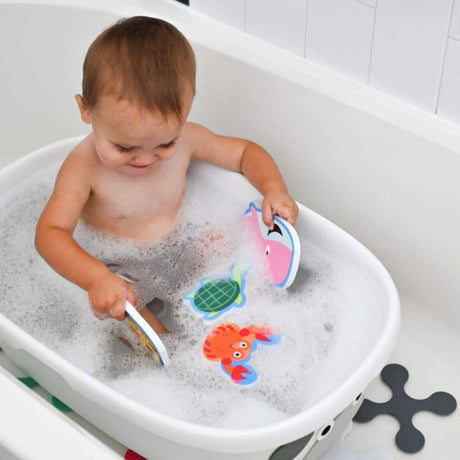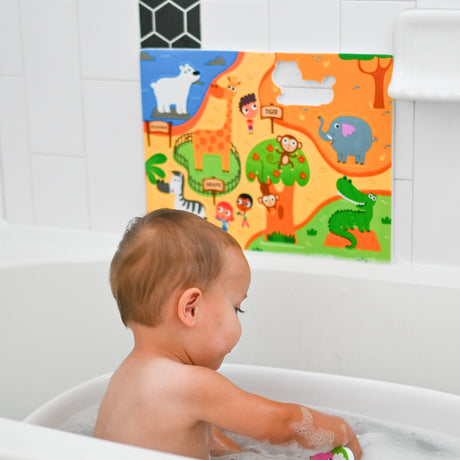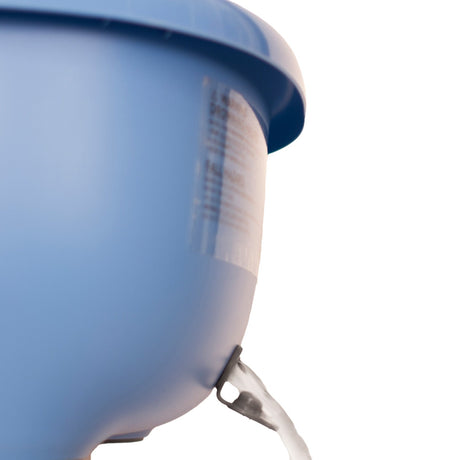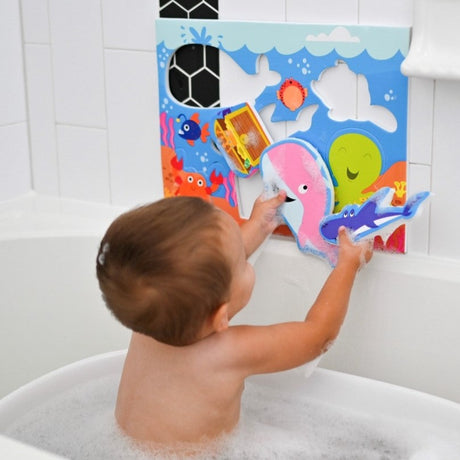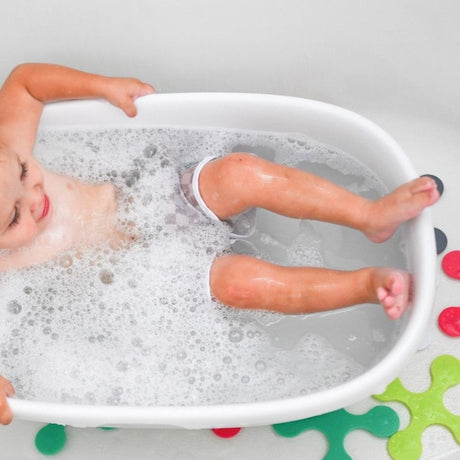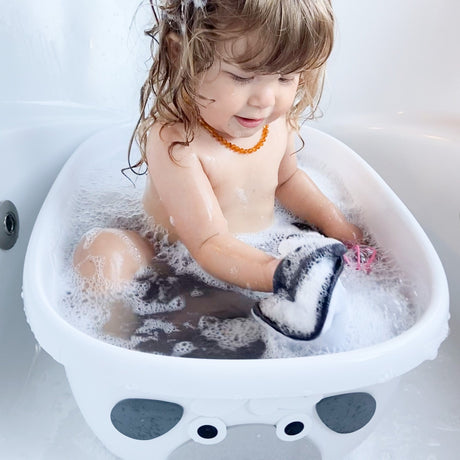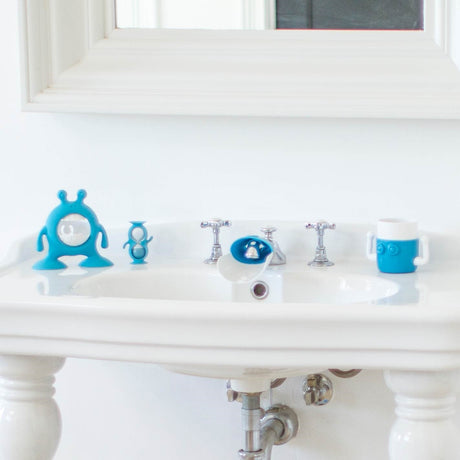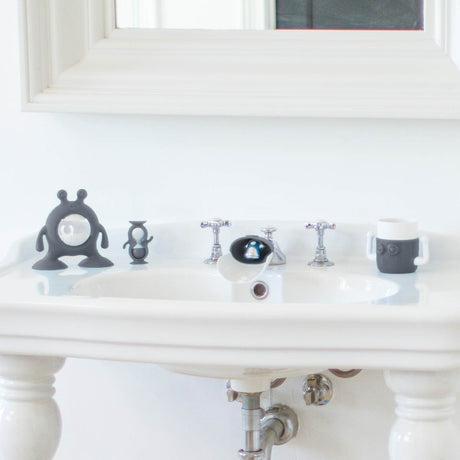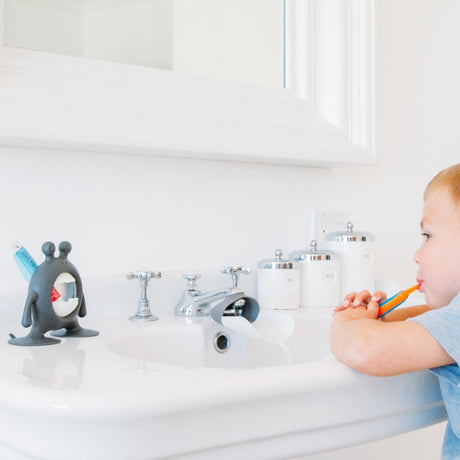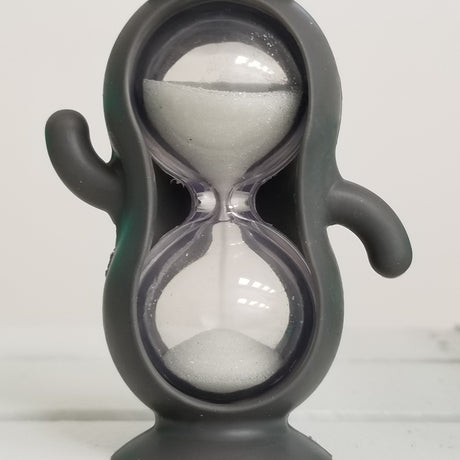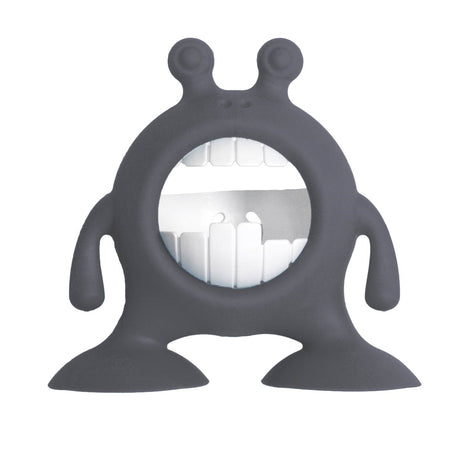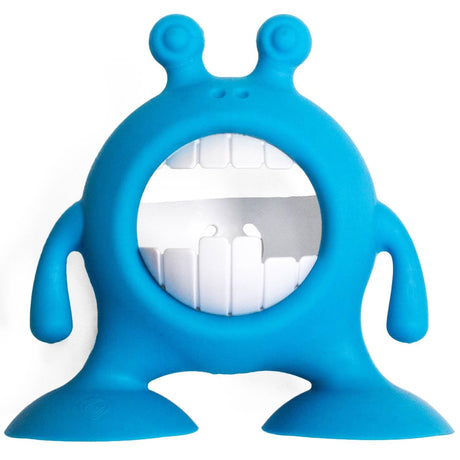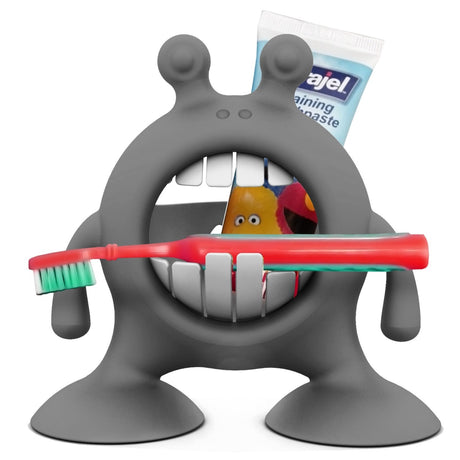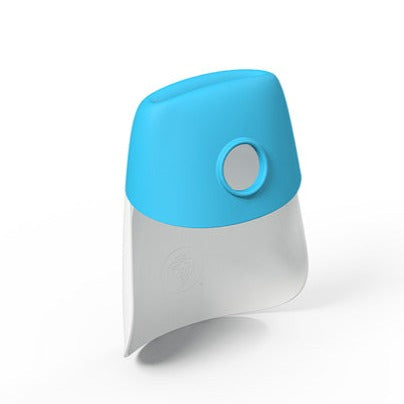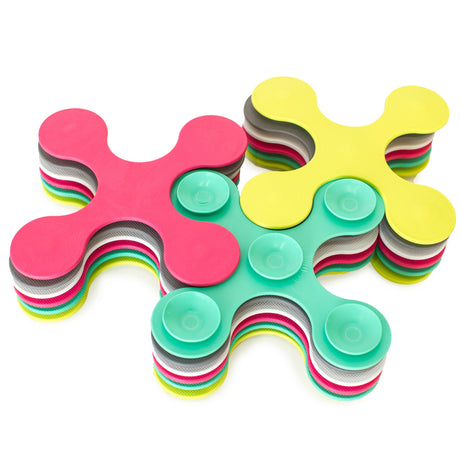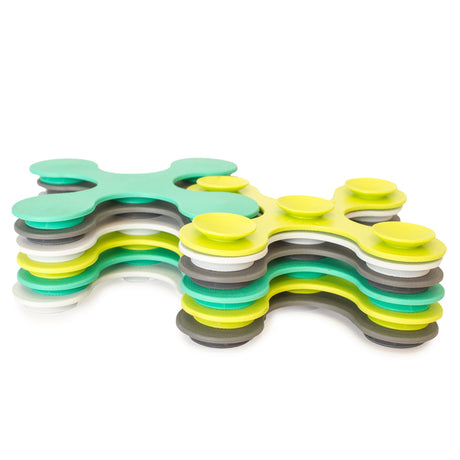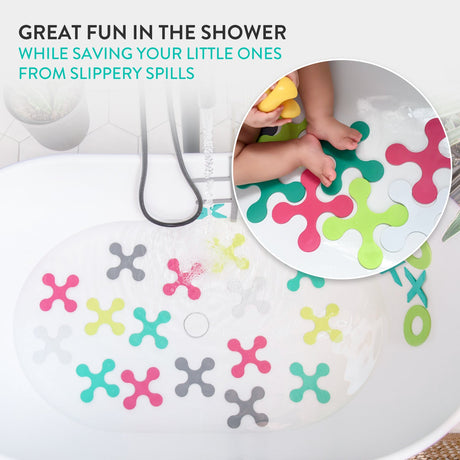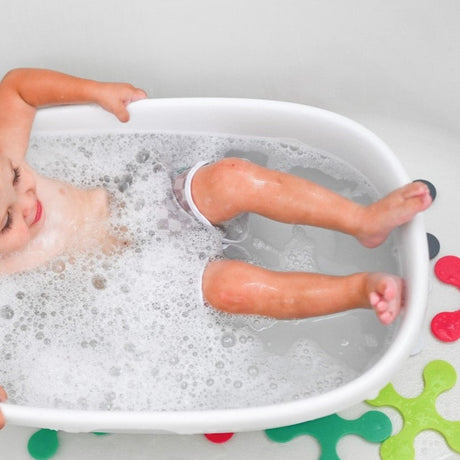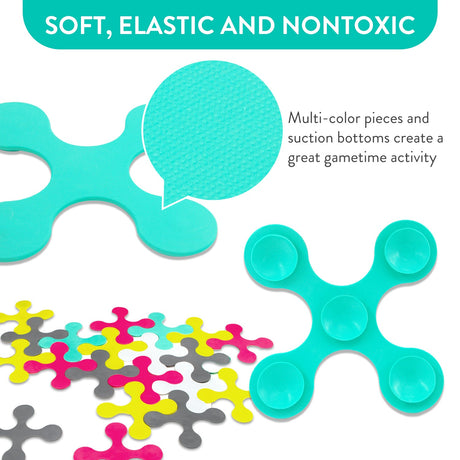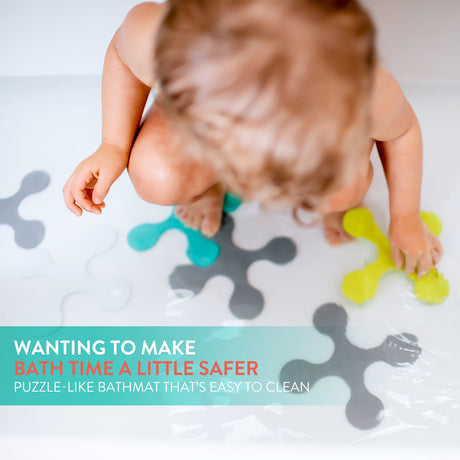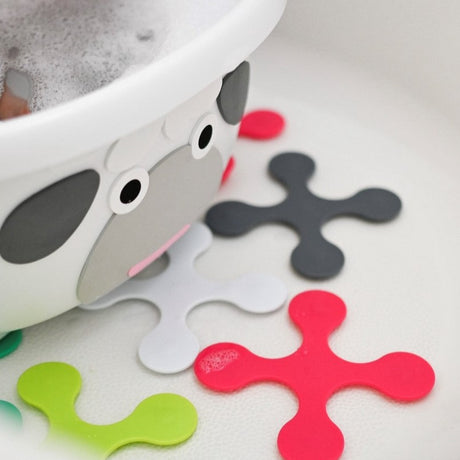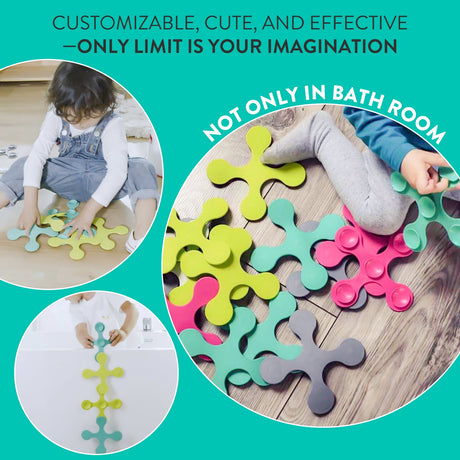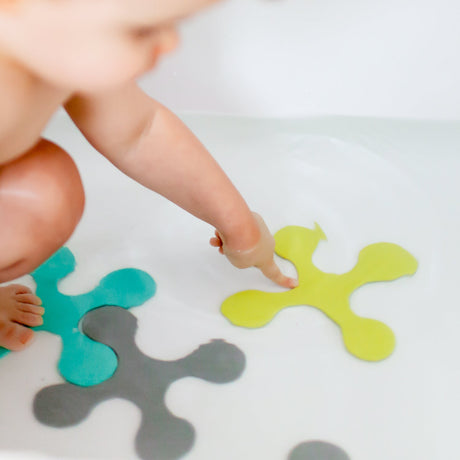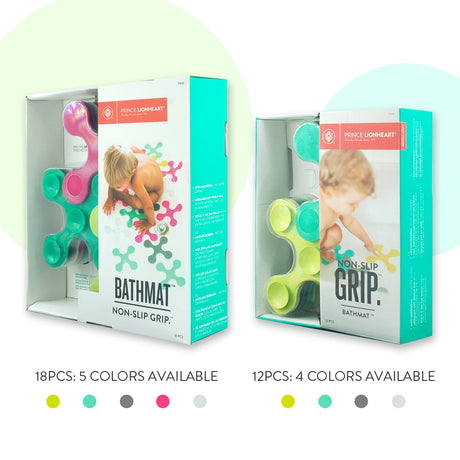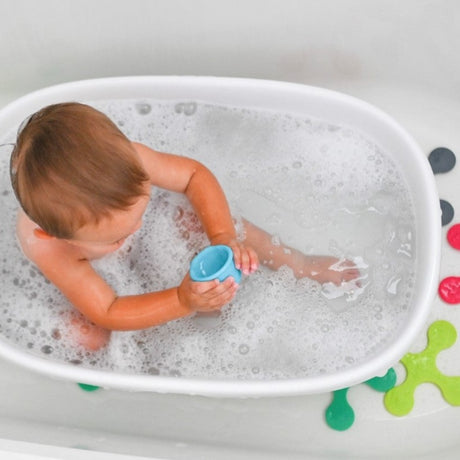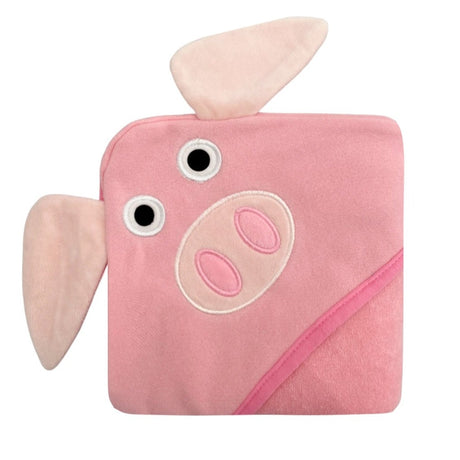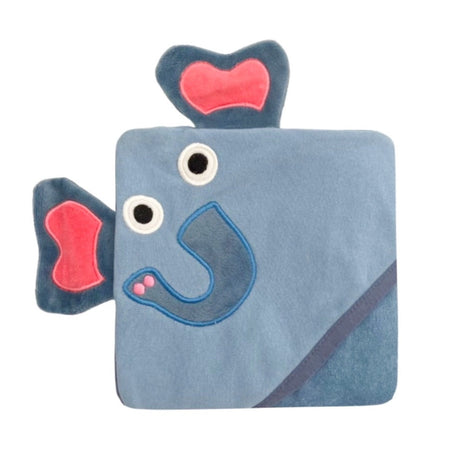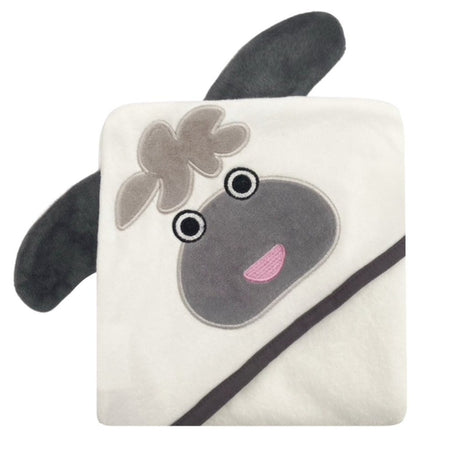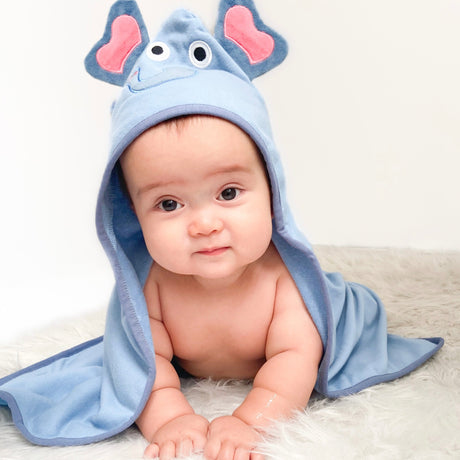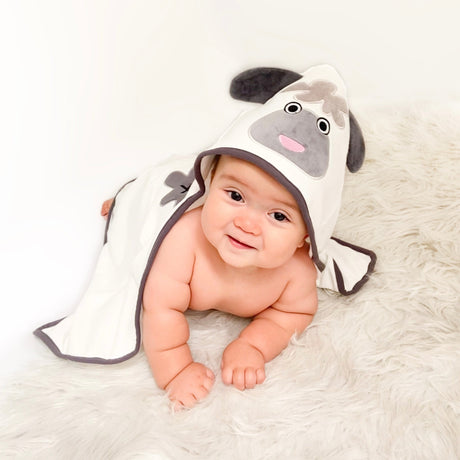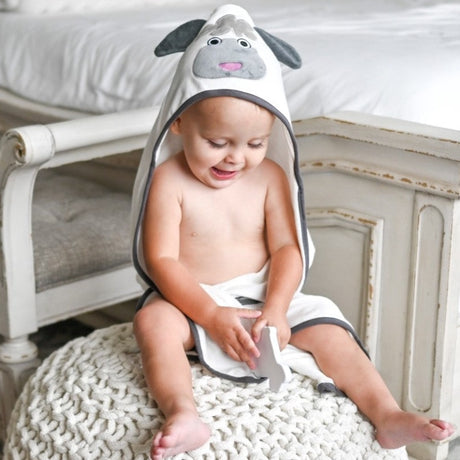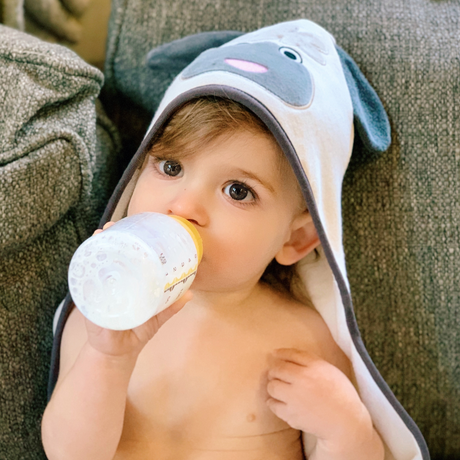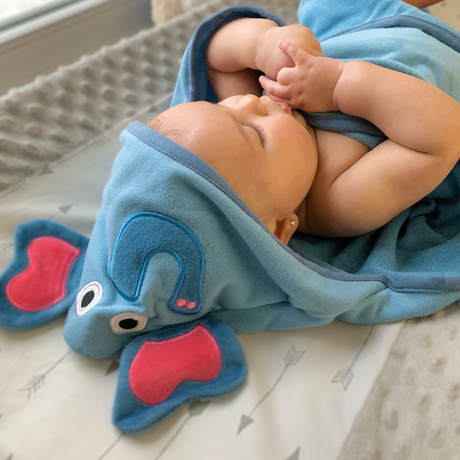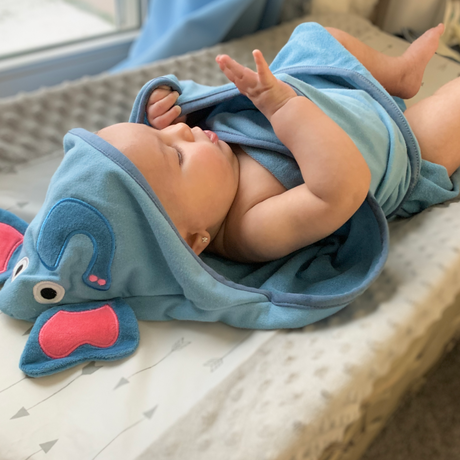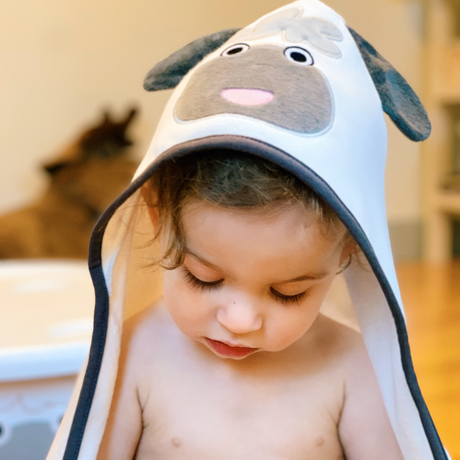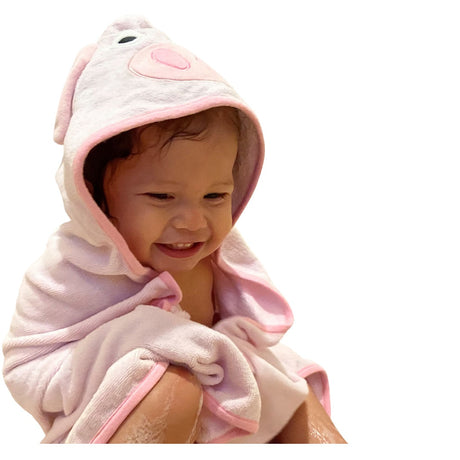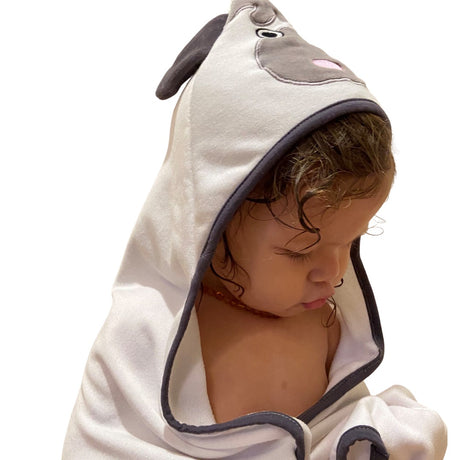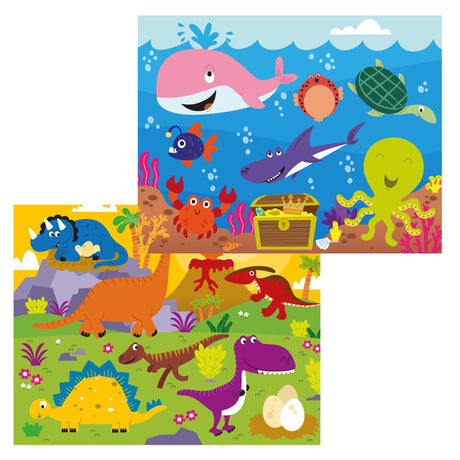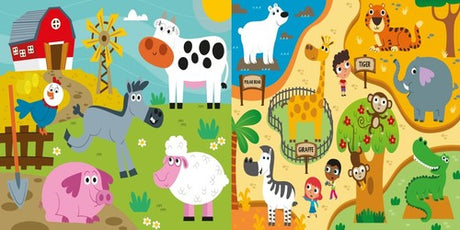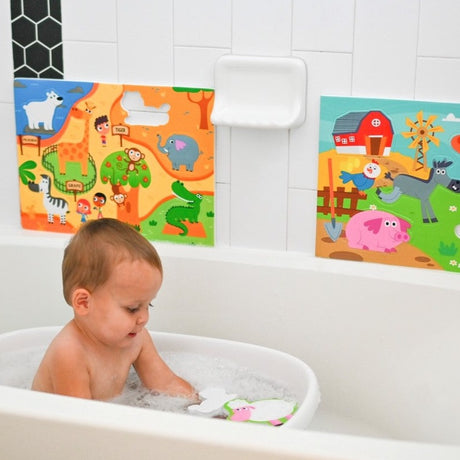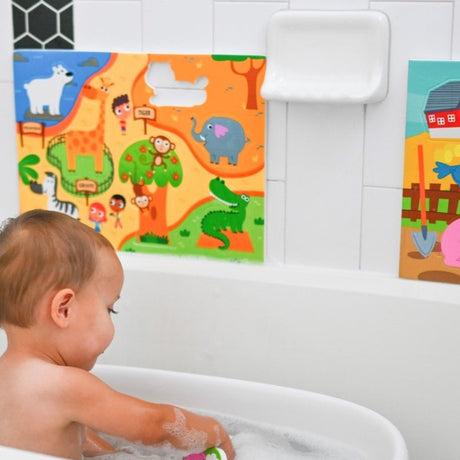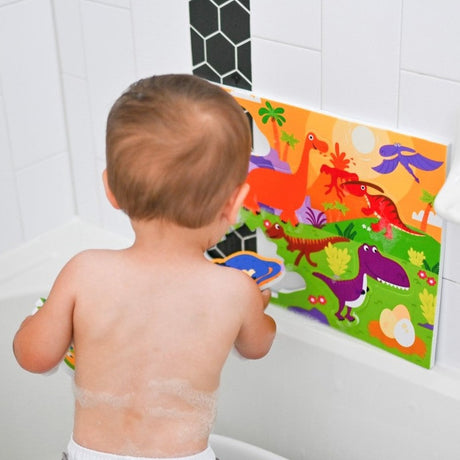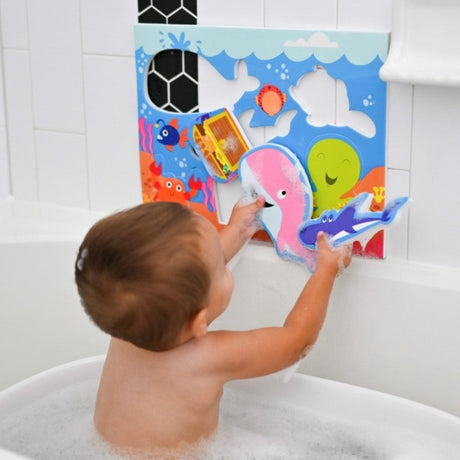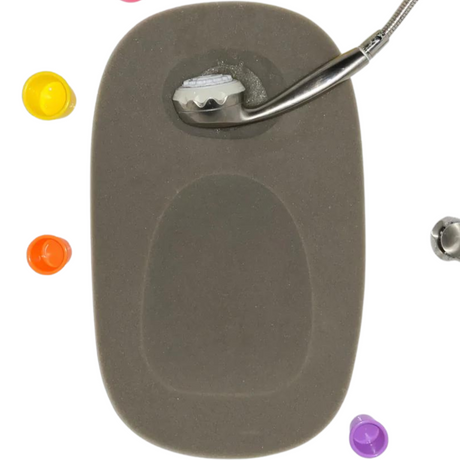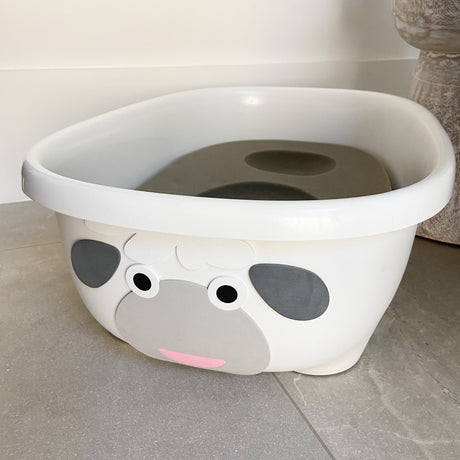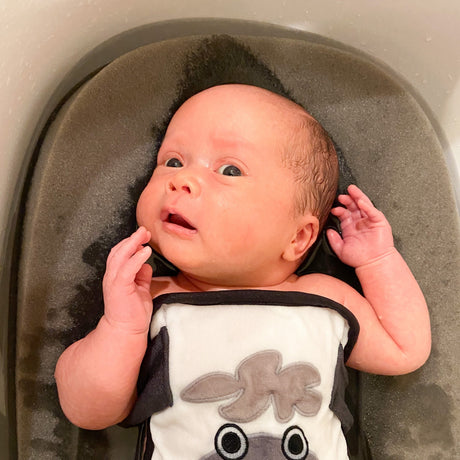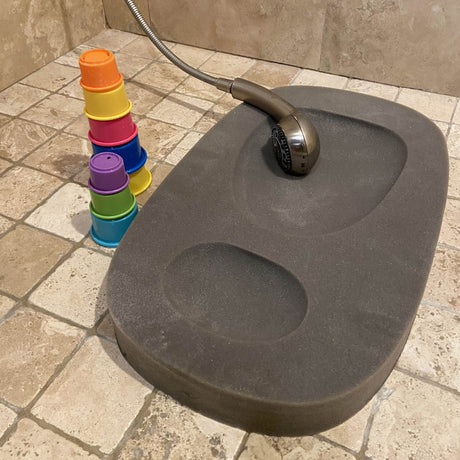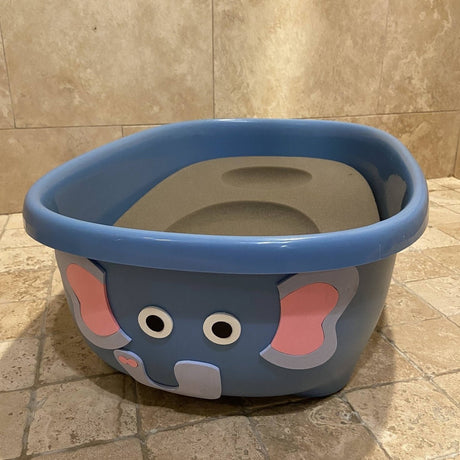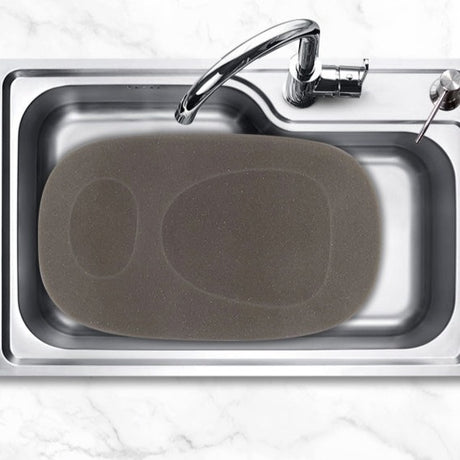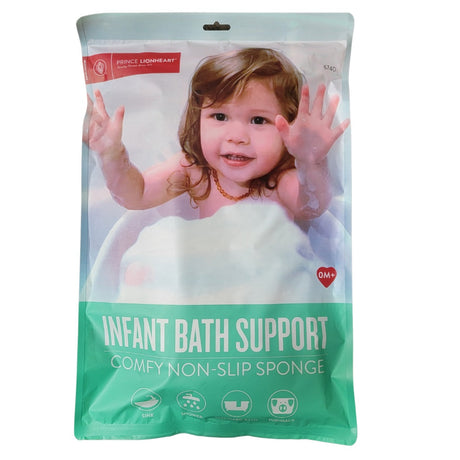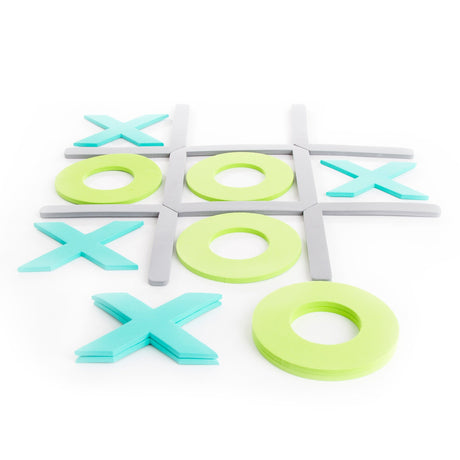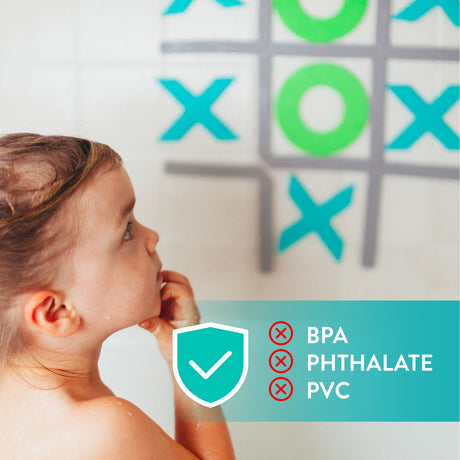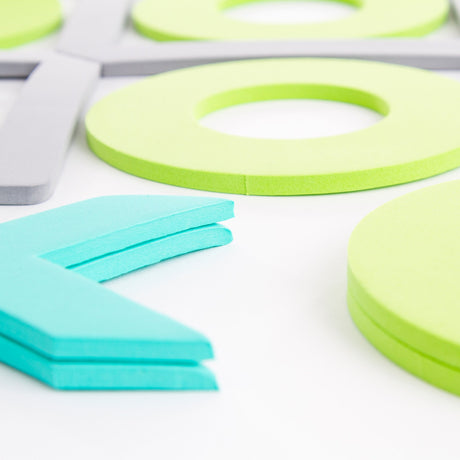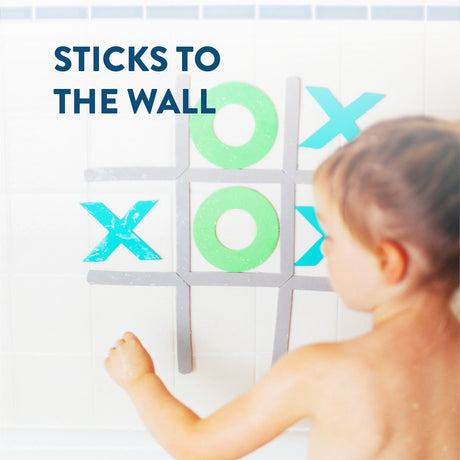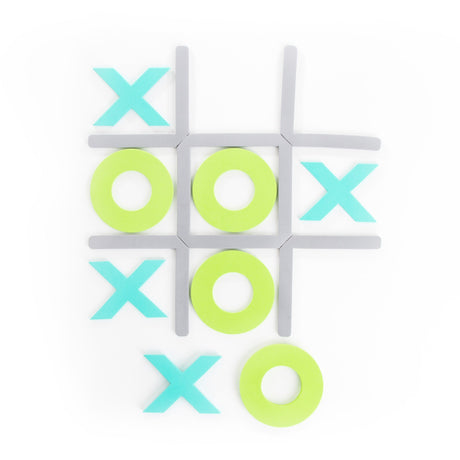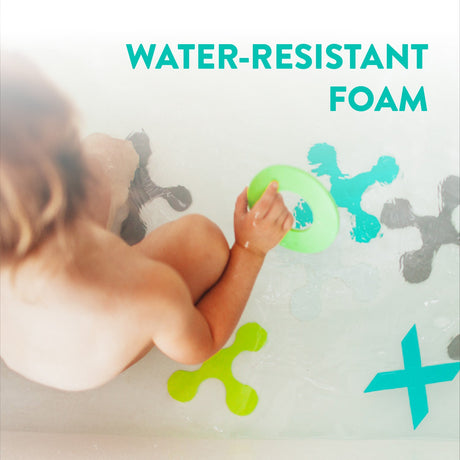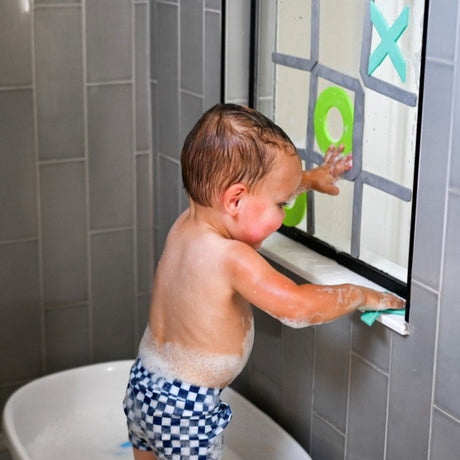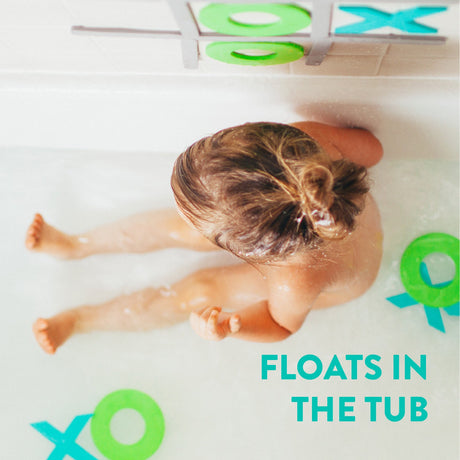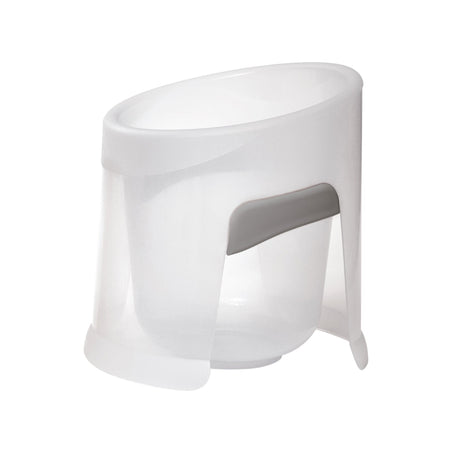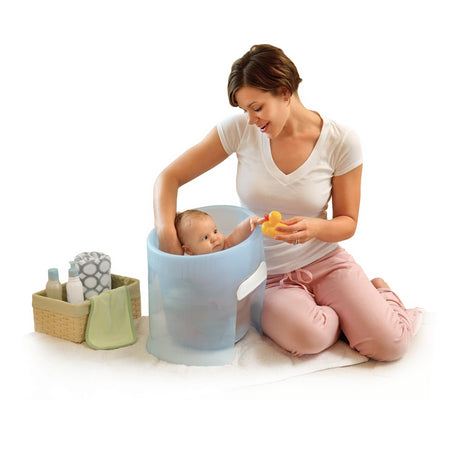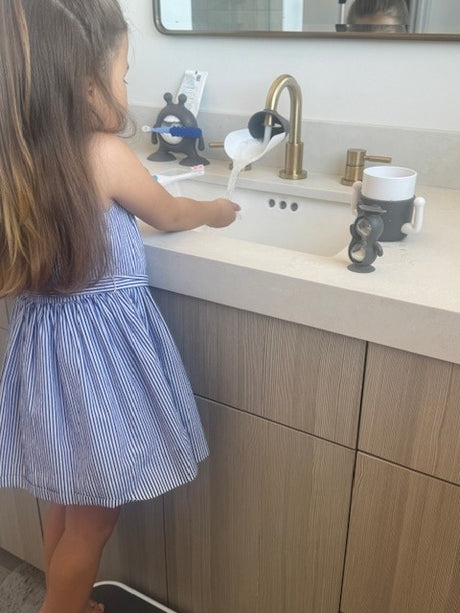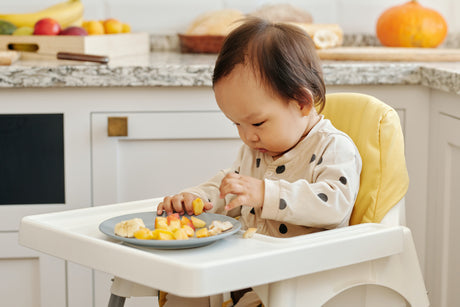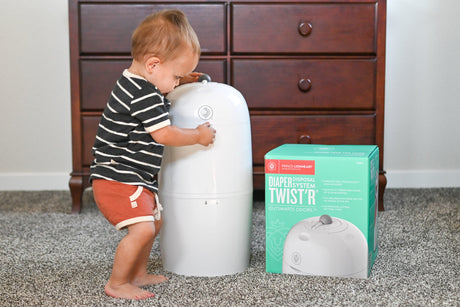When it comes to ensuring your child’s safety, choosing the right baby cup is paramount. With so many options available, it can be challenging for parents in Los Angeles to navigate the myriad of choices. Worry not, as we’re here with ten essential tips to aid you in making the best decision for your precious one.
1. Understanding Material Safety
When selecting a baby cup, the material it’s made from should be your first consideration. Opt for BPA-free plastics or stainless steel to ensure no harmful chemicals leach into your baby’s drink. Plastics often get a bad reputation, but many modern baby cups are crafted from advanced materials that are both safe and durable. BPA, a common chemical used in plastics, has been linked to various health concerns, which is why seeking out BPA-free options is crucial.
Stainless steel, on the other hand, presents a robust and environmentally friendly alternative. It’s resistant to rust and easy to clean, making it a long-lasting option for your child’s drinking needs. Regardless of the material, always check for certifications or endorsements from health organizations for added peace of mind.
2. Choosing the Right Size and Shape
Cups come in various sizes and shapes. Pick one that suits your baby’s grip and is appropriate for their age to prevent spills and promote confident holding. Younger babies might benefit from smaller cups with handles, while toddlers may prefer larger, more open designs to mimic adult cups. The design can significantly influence how comfortable your child feels when using it.
A compartmentalized design with separate sections for different liquids can be particularly beneficial. This kind of innovation not only reduces waste but encourages diversity in your baby’s diet by making room for both milk and water in one cup. Moreover, opting for a cup with a non-slip base can further prevent unwanted accidents during mealtime, giving both you and your baby a stress-free dining experience.
3. Ease of Cleaning
For hygiene and convenience, select baby cups that are easy to disassemble and clean. Dishwasher-safe options make the cleaning process quicker for busy parents. The daily hustle and bustle often leave parents with limited time, so having a straightforward dishwashing process can literally be a lifesaver. Look for cups with fewer components, which not only makes cleaning a breeze but also reduces the risk of any parts going missing.
Avoid intricate designs that come with many small parts as they can trap residues, leading to potential health issues like mold growth. Consider choosing a product with a wide opening, allowing you to reach every corner of the cup when washing by hand. A cup designed with simplicity in mind often turns out to be the most sustainable option for your child.
4. Checking for Leak-Proof Design
Look for cups labeled as leak-proof to ensure less mess. These are essential, particularly for on-the-go parents who want to keep diaper bags dry. Leak-proof technology has advanced remarkably, offering features such as silicone valves and click-to-close systems. Such features reassure parents that even a cup tossed into a bag hurriedly won’t result in a soggy surprise when unpacked.
The trade-off often lies in balance between efficiency and usability. Some highly-effective leak-proof designs require a certain level of inhalation force that could deter younger users. Therefore, ensure the leak-proof mechanism strikes the right balance between preventing spills and allowing easy sipping for your child.
5. Evaluating the Durability
Durable cups withstand drops and daily use better. Investing in a sturdy cup can save you money and keep your baby happier in the long run. Consider the wear-and-tear a typical children’s item goes through and remember, babies and toddlers often love testing the gravitational limits of their belongings. Cups crafted from genuine, high-quality materials tend to endure the most intense bouts of toddler chaos.
Look for cups with reinforced edges and robust connectors, specifically engineered to resist hard impacts. Product longevity has the added benefit of lessening environmental waste, as opting for a long-term choice prevents the repeated cycle of disposal and repurchase. Water-based, non-toxic paints and finishes can further boost the cup’s resilience against chipping, providing both safety and durability.
6. Checking for Brand Reputation
Research well-known brands known for their safety standards. Reviews and parent forums can provide insights into which brands you can trust. Social proof is a powerful element when it comes to choosing products for children. Parent communities are not only a repository of collective experience but are also candid in their product experiences, ensuring you get honest and trustworthy suggestions.
Investigate brands with transparent manufacturing processes and ethical sourcing—a sign that the company values the trust parents place in their products. Brands that are known for supporting causes related to child safety show their commitment beyond just making a sale. These reputations are built over time and offer a reliable guide on what standards to expect for safety and quality.
7. Considering Your Child’s Preferences
If possible, let your child try different cups. Their preference can make transition stages easier, encouraging them to drink more fluids. Learning how to drink from a cup is a pivotal developmental milestone, and being included in selecting a cup not only ensures personal comfort but also respects the child’s autonomy, which aids in early decision-making skills.
Patterns, colors, and familiar characters can make the cup more appealing and increase the likelihood of your child actually using it. It’s amazing how something as simple as a favorite cartoon character or vibrant hue can turn an everyday object into an exciting adventure. While function is the ultimate focus, form can play an influential role in fostering a positive drinking habit.
8. Avoiding Cups with Small Parts
Safety first! Ensure cups do not have detachable small parts that could pose a choking hazard for your infant or toddler. Avoiding features like detachable spouts or handles can greatly reduce risks associated with choking, particularly for children prone to exploration by taste.
Scrutinize product designs for recessed or hidden components that might seem secure but have the potential of becoming loose over time. Designs integrating silicon, seamless lids, or soft spouts are innovative alternatives to traditional hard plastic, minimizing the chances of accidental ingestion.
9. Consulting Pediatric Recommendations
Pediatricians can provide excellent recommendations based on current health guidelines. Regular consultation with your child’s pediatrician can provide not only personalized advice but also early notice of potential health issues connected to dietary intake and hydration levels.
Many pediatric experts also offer insight into the developmental benefits of transitioning children through different drinking stages, from bottles to open cups, at an appropriate pace that matches individual skill levels. Tailoring your purchase decisions to fit verified medical guidance serves not just the prevalent trends but your child’s well-being on a broader scale.
10. Exploring Local Los Angeles Stores
For Los Angeles parents, local stores may offer a wider variety of baby cups, sometimes with special in-store deals or expert advice available. Visiting local shops often unlocks access to the most current selections and provides the valued opportunity to physically inspect items before purchasing.
Retail experiences bring the advantage of immediate interaction with knowledgeable staff, who frequently hold additional insights such as new product launches or exclusive offerings not available online. Spending even a small amount of time learning about options firsthand ensures you are making a choice supported by informed, hands-on experience.
